Most people have seen some incredible images of Iceland in both summer and winter but if they were given the chance to come, they would probably opt for a summer vacation and it’s easy to understand why. Iceland is a beautiful destination in summer with long days, plenty of sunlight and of course the midnight sun. However, contrary to the common perception of Iceland as a summer destination, the winter months unveil a side of the country that is equally, if not more, enchanting.
Iceland’s winter landscape is a stunning masterpiece adorned with snow-draped mountains, frozen waterfalls, and the ethereal dance of the Northern Lights against the dark Arctic skies. Far from a desolate and inaccessible winter wonderland, Iceland in winter invites travellers to witness its unique beauty, offering a serene and magical ambiance.
The popular attractions, such as the Golden Circle, South Coast, and Snæfellsnes Peninsula, transform into scenes from a fairy tale, with snow enhancing their natural splendour. Exploring Iceland during winter not only provides a quieter and more intimate experience but also allows for a glimpse into the country’s raw, untamed beauty. So, for those seeking a truly immersive adventure, Iceland is not just a summer escape; it’s a year-round spectacle waiting to be discovered and embraced.
If the thought of coming to this winter wonderland is enticing to you, it might be worth knowing that it is possible to drive yourself around Iceland during the winter months. There are some important things to know before you get behind the wheel but we have got you covered. In this comprehensive guide, we’ll delve into the intricacies of navigating Iceland’s winter wonderland behind the wheel, providing you with invaluable insights, tips, and a touch of Icelandic charm that will make your journey unforgettable.
Should I Drive in Iceland During the Winter?
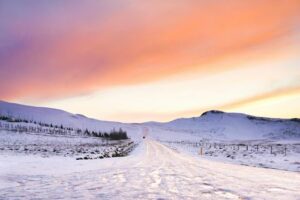
Now, the pressing question on your mind might be, “Should I even consider driving in Iceland during winter?” Well before you make a decision, imagine snow-capped mountains, frozen waterfalls, and the elusive Aurora Borealis dancing across the night sky. It’s a visual spectacle that beckons the intrepid traveller. While the weather can be a bit challenging, the rewards of exploring this magical country during the winter far outweigh the potential inconveniences. So, yes, pack your sense of adventure because Iceland in winter is a treasure trove waiting to be discovered.
What Makes Driving in Iceland in Winter Different?
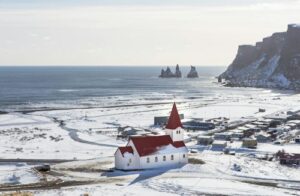
You wouldn’t be crazy for entertaining the idea that driving in Iceland during winter could be a challenge. Iceland is a country that experiences cold temperatures in winter along with snowfall and ice, but the climate isn’t like Siberia. Compared to some of its geographical neighbours like the northern parts of Sweden, Norway and Finland, winter in Iceland is generally not as cold. This is due to the North Atlantic Current and the northern extension of the jet stream which keeps a bit of warmer air in this part of the world making the winters a bit less severe. So driving in Iceland isn’t really as precarious as driving in a place like Northern Canada or Alaska but it is a little bit different than places that aren’t as cold and this is for three main reasons.
The Icelandic Weather Conditions

Icelandic weather is like a theatrical performance where each act brings something new and unexpected. One minute, you might find yourself basking in the gentle winter sun, and the next, you could be facing a swirling snowstorm. The key is to embrace the unpredictability, for it adds a thrilling dimension to your journey. Be prepared for a symphony of weather changes that will compose the soundtrack to your Icelandic road trip.
Your Car Tyre Requirements
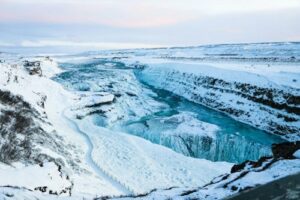
Before you set out on your Icelandic winter adventure, ensure that your trusty companion (your car) is equipped with the right set of shoes (tyres). Think of them as winter tires, your vehicle’s bespoke snow boots. For those who have never driven in a snowy country, in winter, Icelanders are required by law to drive with special tyres. Many people in the USA or Europe are probably familiar with chains you can attach to your tyres that help gain traction when driving. In Iceland, citizens don’t use these, and instead use special winter tyers that have ‘nail-like’ steel structures embedded into them. These specialised tires provide enhanced traction on icy roads, ensuring a safer and more comfortable journey through the frosty landscapes.
Long Hours of Darkness
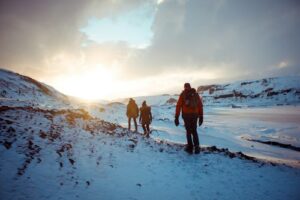
As winter casts its spell on Iceland, it brings with it long hours of darkness. Instead of viewing it as a challenge, consider it an opportunity for a unique driving experience. Picture the enchanting landscapes illuminated by the soft glow of the moon and stars, creating a canvas of shadows and highlights. On a clear night when the moon is full, the blankets of snow can also catch the available light, illuminating the surrounding landscapes to create imagery you would never have been able to imagine before making the trek here in winter.
Just remember to pack your sunglasses for those rare moments when the winter sun graces the land with its presence.
Tips For Driving in Iceland in Winter
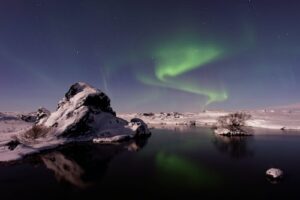
Once you have gotten the hang of the actual operation of a car in icy or snowy conditions there are a few things to keep in mind that will make your winter driving experience as hassle free as possible.
1. Check Wind and Weather Conditions Every Day
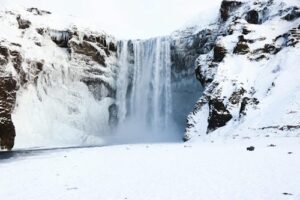
There is an old expression in Iceland, “If you don’t like the weather, wait ten minutes.” The weather doesn’t just change very quickly in the land of fire and ice, it can also throw some extremes at you. In general this isn’t as apocalyptic as it sounds. Icelanders have lived alongside this meteorological peculiarity for a millennia and they have gotten pretty good at thriving in spite of it. The key is to stay one step ahead of the meteorological ballet, make it a daily ritual to check wind and weather conditions. Websites like vedur.is and will become your digital companions, providing real-time updates to help you plan your daily travels across this winter wonderland.
2. Respect Local Authority Advice
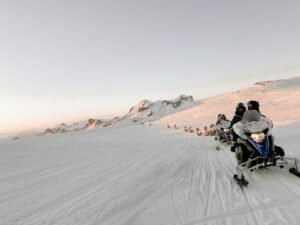
When in doubt, trust the wisdom of the locals. The Icelandic government is very good at notifying people of potential hazards. If the authorities advise against travelling to a specific area, heed their guidance. Iceland, with its rich folklore and sagas, knows a thing or two about navigating its own terrain. Your safety is their priority, so listen to their advice and you will remain safe and comfortable at all times. It’s definitely advisable to download the Safe Travel App, which gives you 24-hour up-to-date information and warnings.
3. Consider a 4WD Car If You’re Planning On Leaving Reykjavik
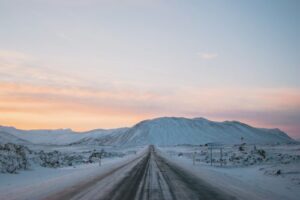
For those who have dreams of venturing beyond Reykjavik’s charming embrace, consider renting a four wheel drive (4WD). These robust vehicles are better suited to Icelandic terrain, conquering snow-covered roads much easier than a standard two-wheel-drive car. The freedom they offer opens up a realm of exploration beyond the well-trodden paths.
4. Expect The Unexpected
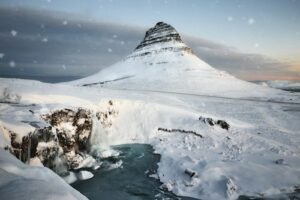
In Iceland, the unexpected is not a glitch in the matrix; it’s the very fabric of the journey. Be prepared for spontaneous weather changes or necessary rescheduling. This doesn’t mean every single day will be unplanable, but it’s good to stay ahead of things and have back up plans just in case the weather or road conditions make it impossible for you to do the plans you had intended. But as we said earlier, if something unexpected happens in Iceland, it normally doesn’t stick around for too long, so it might just mean swapping a day’s activity here and there. The real magic happens when you embrace unpredictability.
5. Check The Road Safety Website Regularly
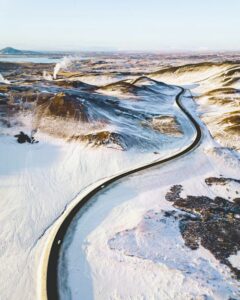
Stay informed, stay safe. The road.is should be added to your internet favourites before you set off on a driving trip in Iceland. This is the Icelandic RoaD Travel Authority and it provides up-to-date information on road conditions, closures, and any other vital information that might influence your journey. Think of it as your co-pilot, navigating the virtual highways and byways alongside you. As a rule of thumb, it’s advisable to check it before you go to sleep and first thing in the morning. It’s also a good idea to look at the forecast a few days ahead and regularly check changes.
6. Allow More Time Than You Think
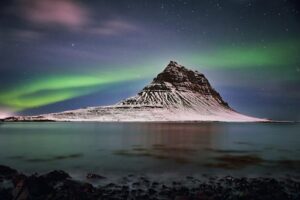
In Iceland, time has a different rhythm. You could say that it’s more of a marathon than a sprint, where each moment deserves to be savoured. It also has the slowest speed limits on average in Europe. Factor in extra time for impromptu photo stops, unexpected detours, and moments of pure wonder that demand acknowledgment. Rushing through Iceland is like speed-reading a classic novel; you might miss the subtle nuances that make it truly extraordinary.
7. Prepare to be Flexible
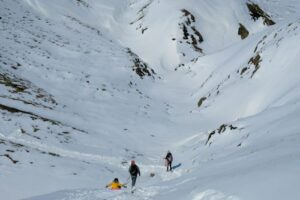
Flexibility is the golden ticket to an unforgettable Icelandic road trip. Plans might pivot due to weather conditions or unexpected discoveries along the way. You might also find that you discover something when you’re here that you had never heard of when making your plans. There are so many hidden gems that haven’t necessarily made their way on to the internet yet. Embrace the spontaneity, and you’ll get the most out of your itinerary, enriching your adventure in ways you never anticipated. This doesn’t mean you shouldn’t plan, but just be aware you could need a bit of wiggle room.
Should You Rent a 4WD Or 2WD Car?

Now that you’re armed with essential tips, let’s tackle the next big decision: to 4WD or not to 4WD? While a 2WD car is sufficient for exploring Reykjavik and its surrounding areas, opting for a 4WD vehicle provides the freedom to traverse untamed landscapes and embark on the road less travelled.
What Level of Insurance Should I Get With My Rental Car?
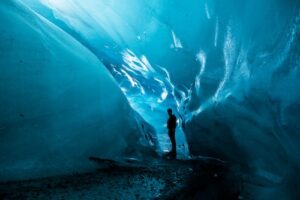
Insurance is a must on the road. When renting a car in Iceland, consider upgrading to a comprehensive insurance package. It may seem like an extra expense, but it’s a small price to pay for peace of mind in the face of unpredictable Icelandic weather. As the saying goes, better safe than sorry!
All F Roads Are Closed During Winter (No Visits to the Icelandic Highlands)
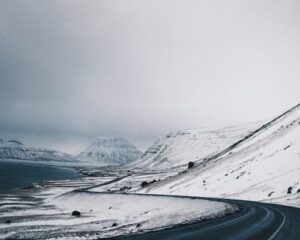
The roads that go into the Icelandic Highlands are called F roads. These are often unpaved and they are forbidden for 2WD cars. A word of caution for travellers: during winter, all F roads leading to the Icelandic Highlands are closed. These routes, marked by rugged terrain, are impassable due to snow and ice. Save your Highland escapades for the summer months when these roads reveal their majesty. Your car will appreciate the consideration.
What Are The Road Conditions Like in Iceland During Winter?
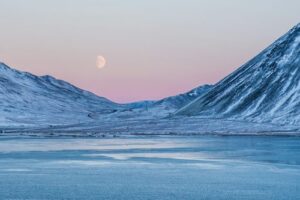
The roads in Iceland are a living canvas, painted by the hand of Mother Nature herself. Main roads, including the famed Ring Road, are well-maintained and generally open throughout winter. However, be prepared for occasional closures and challenging conditions on secondary roads. Adaptability becomes your best tool as you navigate the ever-changing landscape.
Know Where to, And Where Not to Stop Your Car
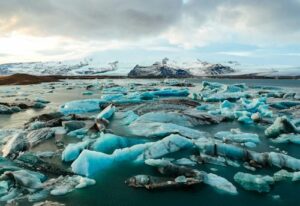
Iceland is a photographer’s dream, offering vistas that seem straight out of a fantasy novel. Yet, not every spot is suitable for a roadside photoshoot. Exercise mindfulness when choosing where to pause your journey. Avoid blocking traffic and prioritise safety. Also remember that it’s illegal to stop in the middle of the road in Iceland. Never stop driving or pull over unless there is a designated area and it is safe to do so.
Which Winter Months Are Best to Travel Around Iceland?
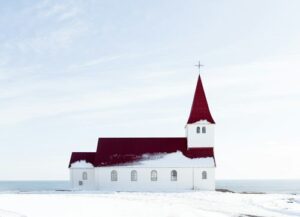
The winter months, spanning from November to March, cast Iceland in a surreal tapestry of snow-clad landscapes and celestial wonders. As the Northern Lights grace the night sky, the snowy terrain transforms the country into a serene winter wonderland. The quietest months for tourists are October and November so if you want to take advantage of this, pack your warmest layers, and get ready for a visual feast that transcends the ordinary.
What Are the Best Parts of Iceland to Visit During Winter?
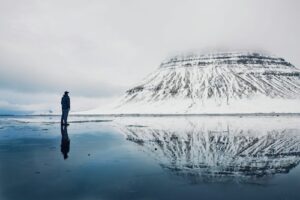
There are many different places to visit in Iceland during the winter months. Each of them is unique and realistically to list them all would take more time than anyone would ever have to read a blog online. Luckily we’ve put together a list of the favourites below.
1. The Golden Circle
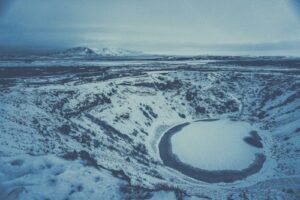
Take a trip on the iconic Golden Circle route, where the spectacular Gullfoss waterfall, the geothermal wonders of Geysir, and the historical Þingvellir National Park await. Winter adds an ethereal touch to these already enchanting sights, creating a narrative of nature’s grandeur.
2. The South Coast
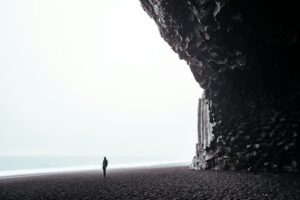
The South Coast unfurls its winter wonderland, showcasing black sand beaches, towering waterfalls like Seljalandsfoss and Skogafoss, and the majestic Jokulsarlon Glacier Lagoon. Bundle up, because this region promises to mesmerise you with the frozen beauty of nature.
3. Snæfellsnes Peninsula
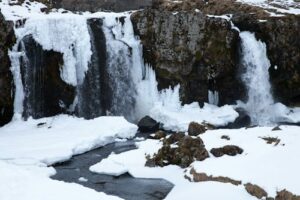
The mystical Snæfellsnes Peninsula beckons with Kirkjufell Mountain and the charming village of Arnarstapi. In winter, the landscape transforms into a fairy tale setting, inviting you to explore its wonders beneath the snow-filled skies.
4. Mývatn & Akureyri
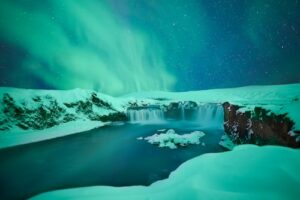
Head north to Mývatn and Akureyri, where steaming hot springs meet snow-covered landscapes. The geothermal wonders of MyVatn and the vibrant culture of Akureyri create a harmonious blend, making it a perfect winter escape.
Conclusion
Driving in Iceland during the winter is not just a journey; it’s an odyssey through a realm of awe-inspiring landscapes, unpredictable weather, and the thrill of the unknown. Armed with the right knowledge, a sprinkle of Icelandic spirit, and an insatiable sense of wonder, your winter road trip promises to be an exploration of unparalleled beauty. So, buckle up and let the Icelandic adventure unfold before you like a story waiting to be written on the icy roads of this captivating land.

